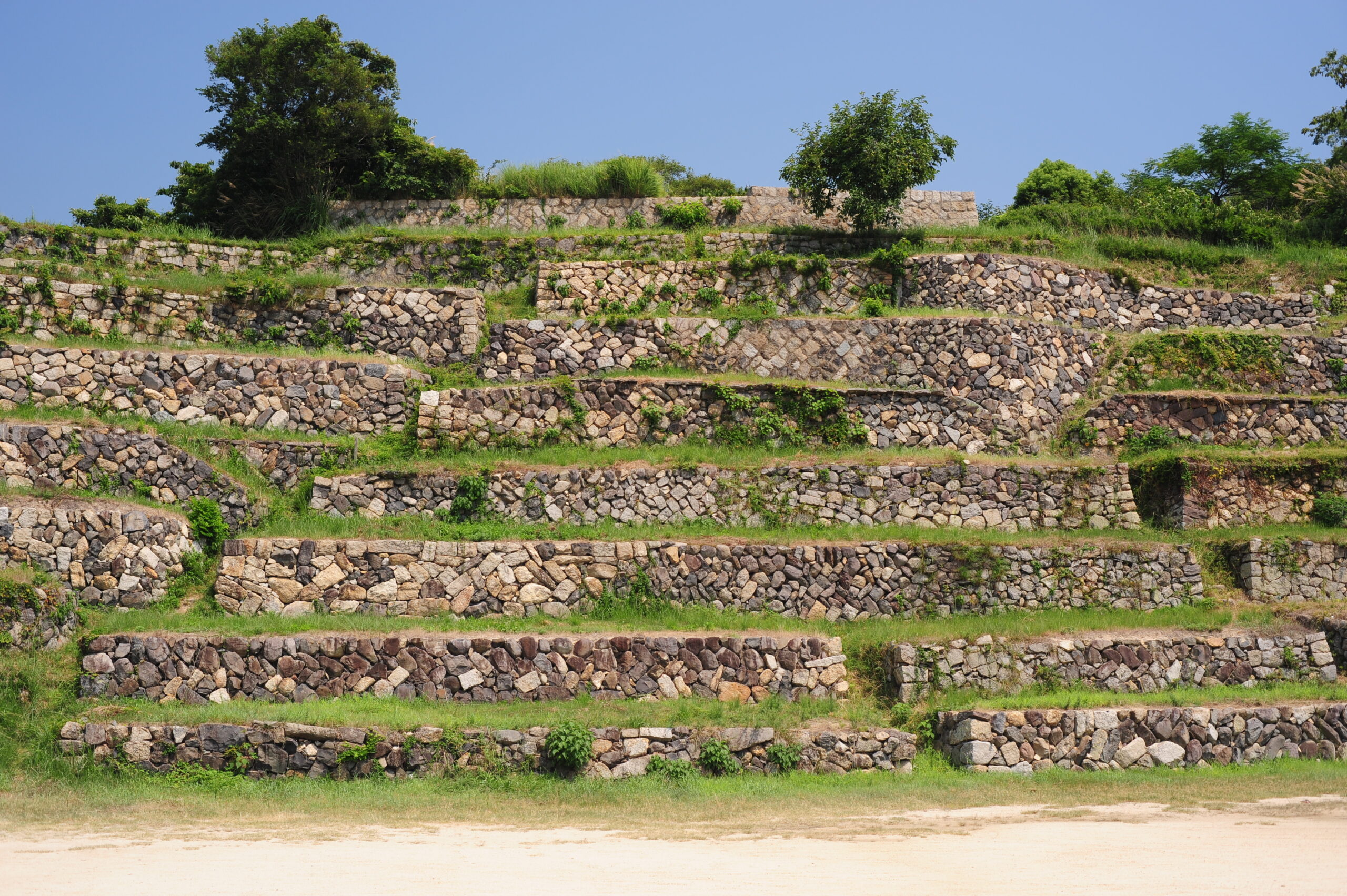With urbanization, asphalt and concrete roads have spread widely. However, the heating effects of asphalt and the CO2 emissions it produces contribute to urban heat islands and global warming. In response to these issues, the Organic Civil Engineering Association (led by Director Hiroomi Takada) was established in June 2024 to promote “Organic Civil Engineering®,” a technique that harmonizes with nature, preserving the land without causing harm.

Exploring Infrastructure Beyond Asphalt Dependency with “Organic Civil Engineering®”
A famous playwright once remarked that Tokyo is blessed with incredibly fertile soil, hidden beneath layers of asphalt and concrete. He suggested that if we were to peel back these stone surfaces, we would likely reveal rich black soil beneath.
Today, most roads in cities and rural areas are paved with asphalt or concrete, which absorbs sunlight, heats up, and warms the surrounding air. This stored heat also keeps nighttime temperatures elevated, contributing to the tropical night effect. Additionally, asphalt production requires significant fuel consumption and emits CO2, marking it as a contributor to global warming.
In response to these challenges, various improvements in asphalt technology have been explored. These include low-carbon asphalt production methods, warm-mix asphalt, which uses special additives to soften asphalt at lower temperatures, reducing CO2 emissions during manufacturing, and water-retentive paving that helps cool the road surface by evaporating retained water. These methods aim to reduce the environmental impact of asphalt.
Yet, is it possible to envision infrastructure that doesn’t rely on asphalt? One answer lies in “Organic Civil Engineering®,” as proposed by the Organic Civil Engineering Association. This approach leverages natural forces to create stable infrastructure without damaging the land, offering an innovative, sustainable alternative.
The Organic Civil Engineering Association’s “Organic Civil Engineering®” seeks to re-evaluate land use from a foundational perspective, positioning itself as a method that harmonizes with the environment. Traditional civil engineering has aimed to maintain stability by eliminating organic matter from structures, thereby halting change. However, Organic Civil Engineering® embraces change, constructing infrastructure that evolves alongside nature’s self-regulating processes. It inherits the wisdom of communities that have coexisted with the land, making it a promising method for applications in disaster prevention and recovery.
Examples of Organic Civil Engineering® can be found in remnants of ancient civil engineering in abandoned farmlands and mountainous regions. Structures built from soil, stones, and wood have lasted over time, sustained through appropriate observation and maintenance, while also enriching the environment. This embodies “civil engineering that cultivates the land” and challenges the norms of modern infrastructure.
The Organic Civil Engineering Association aims to solve contemporary civil engineering challenges by drawing on traditional community wisdom, promoting “Organic Civil Engineering®” to benefit society. This approach holds potential for sustainable land use and harmonious coexistence with human society, offering a fresh perspective for future infrastructure design.
